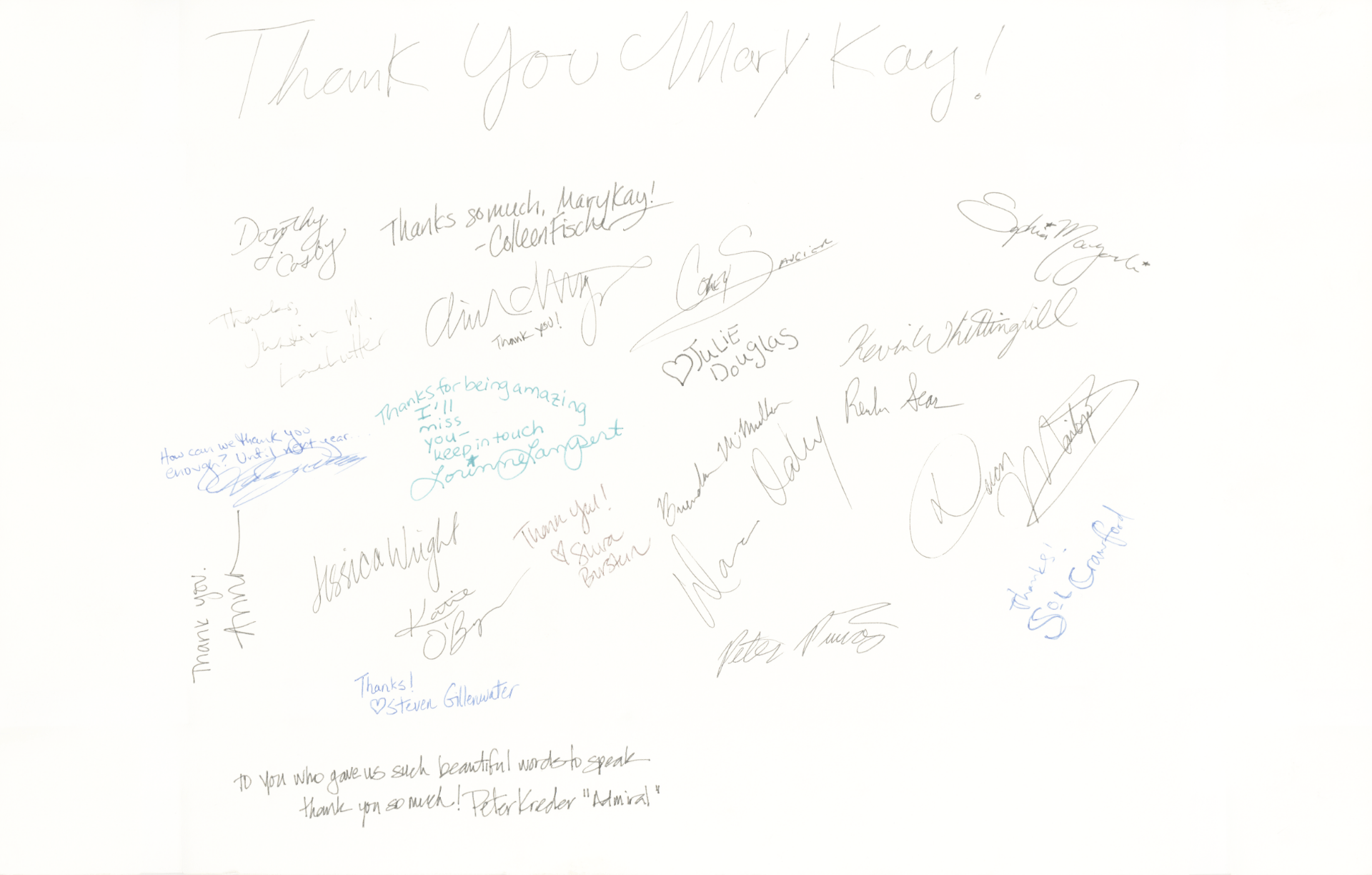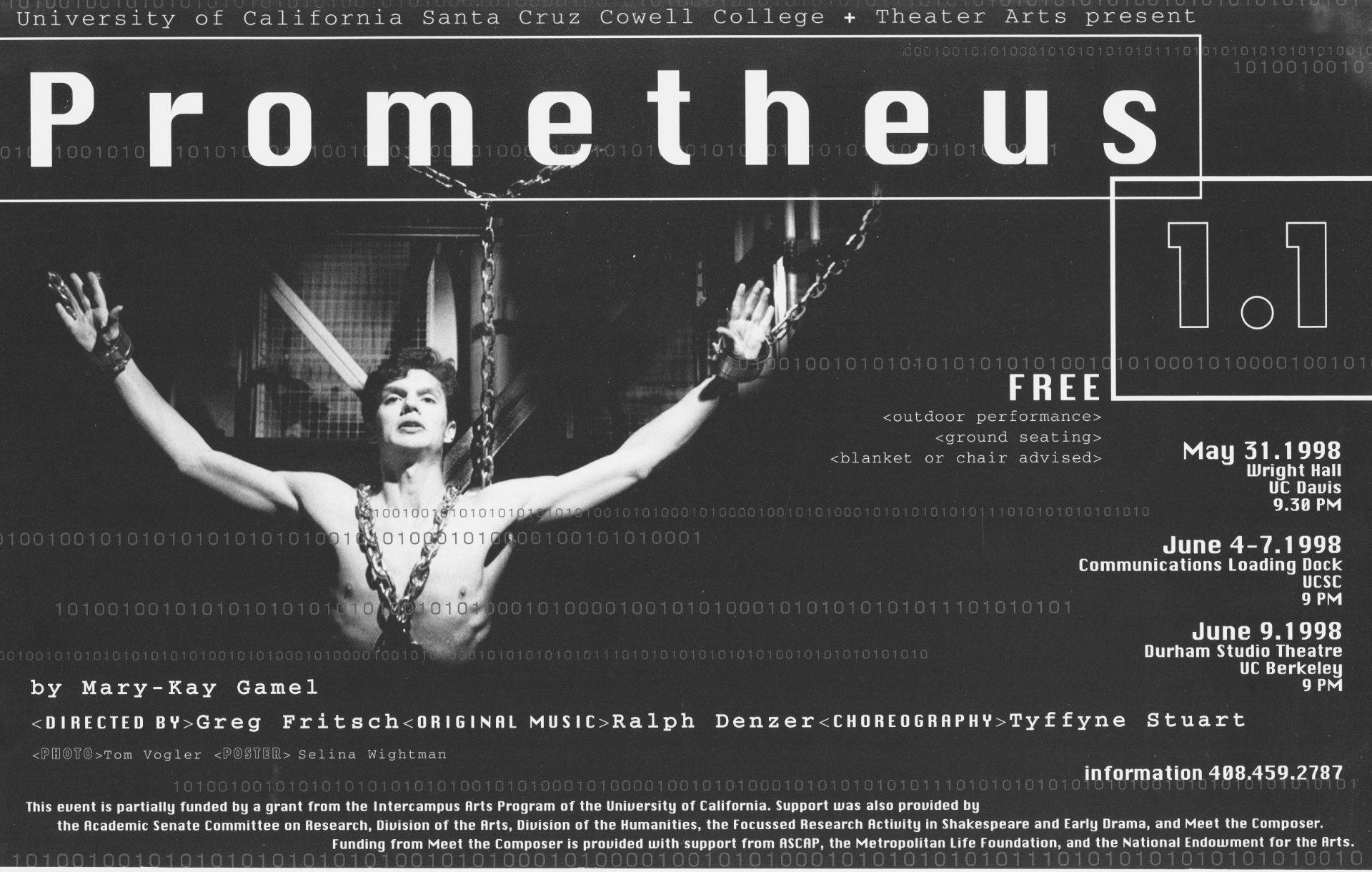Translation and/in Performance 
In 1984, I had been happily teaching Greek and Latin language at the University of California, Santa Cruz for eleven years when Chris Grabowski, an undergraduate theater major, asked me what translation of Medea he should use in a production he planned to direct. I waffled; far fewer translations were available then than now, and none seemed very stageable. He asked me if I would translate; I knew the play well and loved it, so I agreed.
Just thinking of the play as a script to be spoken by living actors rather than as a literary monument gave me a new perspective. Chris’ approach was also exciting: inspired by the 1981 film Mommie Dearest, he planned to set the show in 1953 Hollywood, with Medea and Jason as movie actors, Creon a producer, the Chorus Leader a reporter and the sixteen Chorus members movie fans. The stage was a former quarry with high rock walls on which the sign CORINTH would echo the famous HOLLYWOOD sign. Novice as I was, I followed the text: the location was “Greece,” Creon was called “king,” his daughter “princess,” and there was no explanation how a film producer had the power to banish an actress from his “kingdom.” The dialogue was mostly in iambic pentameter; there was no music, but the choral odes were in dactyls, giving a different rhythm. There were frequent colloquialisms, motivated less by the production’s setting than by Aristotle’s comment that Euripides “chose his words from ordinary language—it was the way he put them together which created art” (Rhetoric III.ii15).

After finishing the script I participated in the whole rehearsal and performance process of Medea in spring 1985. This experience made me realize that translating for performance is a whole new world, not just changing language but transforming a text into a new medium. Every single decision made in a production—mise en scène, casting, blocking, movement, costumes, sound, etc. etc. etc. is part of the translation, as recent theoretical works have made clear (see Pavis 1992, 136-159; Upton 2000, Baines, Marinetti, and Perteghella 2011; De Martino, Puppa, and Toninato 2013, 170-190, 207-223).
I then dedicated myself to theater practice, and in the thirty-one years since I have been involved in many productions as translator, adaptor, director, dramaturg and/or producer. It wasn’t until 2007 that I thought about trying to theorize my practice; at a conference sponsored by the Archive of Performance of Greek and Roman Drama at Oxford I gave a presentation on different forms of “authenticity” drawing on ideas from Barthes, Jonathan Miller, Taruskin, Kivy, Thom, Wiles, Auslander, and especially philosopher David Dutton, illustrated by particular examples of performance (Gamel 2010). In a later essay (Gamel 2013) I refined and expanded the categories to a total of six:
“nominal/historical,” in which later practitioners try to imagine and replicate the conditions and effects of the original performance, asking “What did the art work mean to its creator? How was it related to the cultural context of its creation? To what established genre did it belong? What could its original audience have been expected to make of it? What would they have found engaging or important about it?”
“expressive,” in which the practitioners express values important to them, and/or awareness of the “emergent value” or larger artistic potential of the performance text;
“processual,” in which the practitioners are invited to contribute ideas to the production;
“structural,” in which the process of a performance’s creation and function reflects the community in which it is created;
“inductive,” in which modern productions engage their audience in ways comparable to those that ancient productions did;
“critical,” in which observers/scholars attempt to understand the social goals of performers and evaluate the whole process of development.
In this essay I look back at various stagings involving my own and others’ translations/adaptations and draw on my past work on authenticity and my experience as both practitioner and theoretician.
Click here to access the full text of Translation and/in Performance: My Experiments 1985-1992 ![]()
